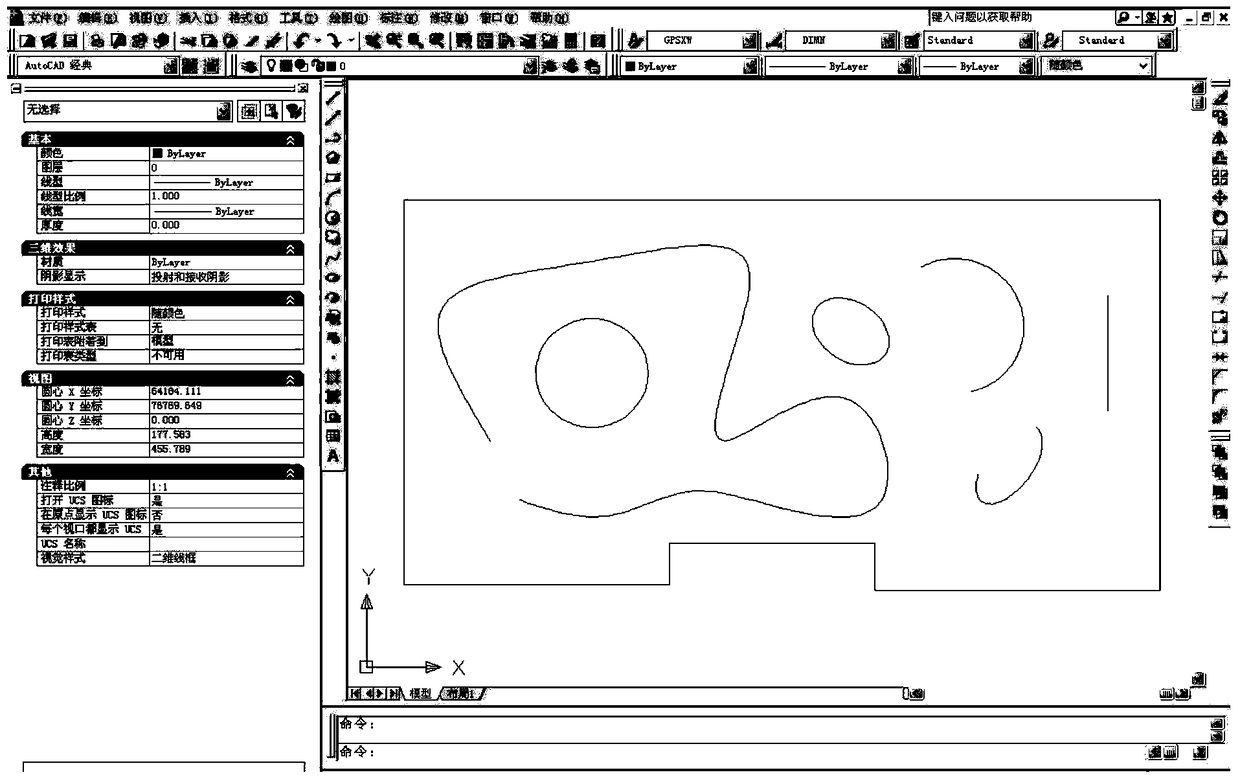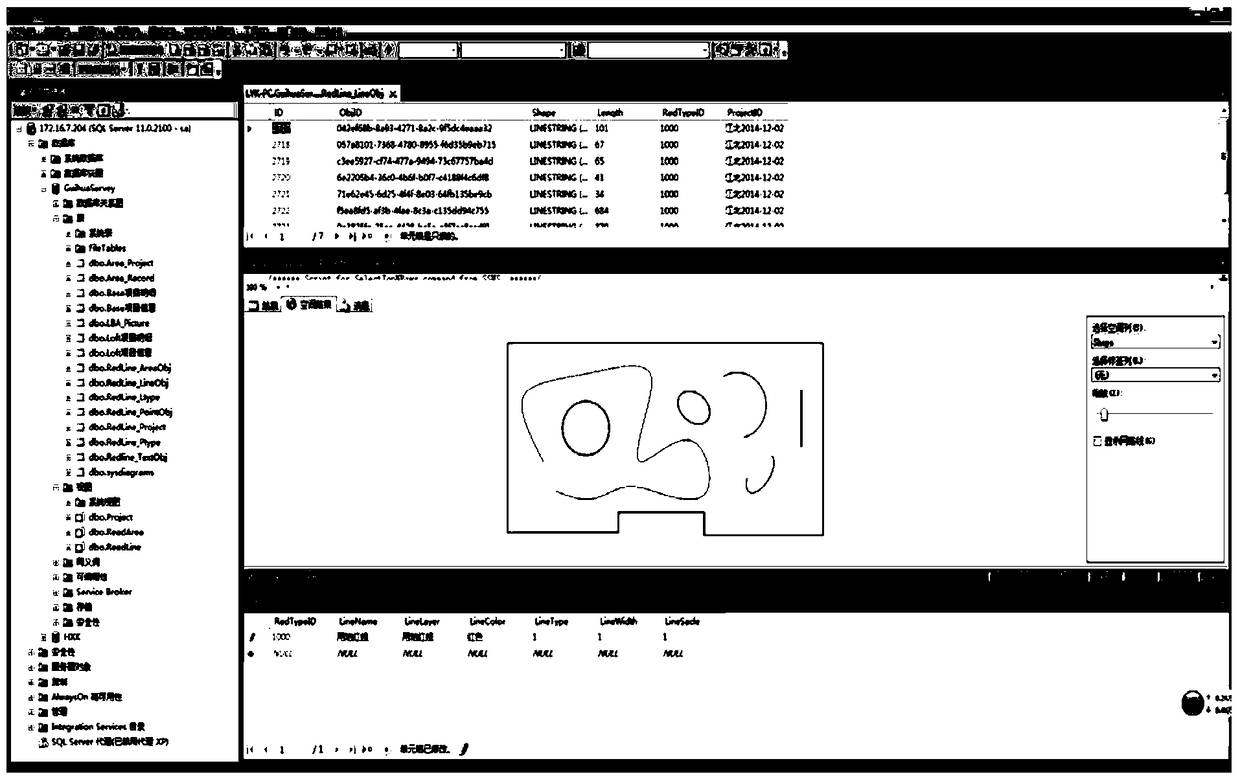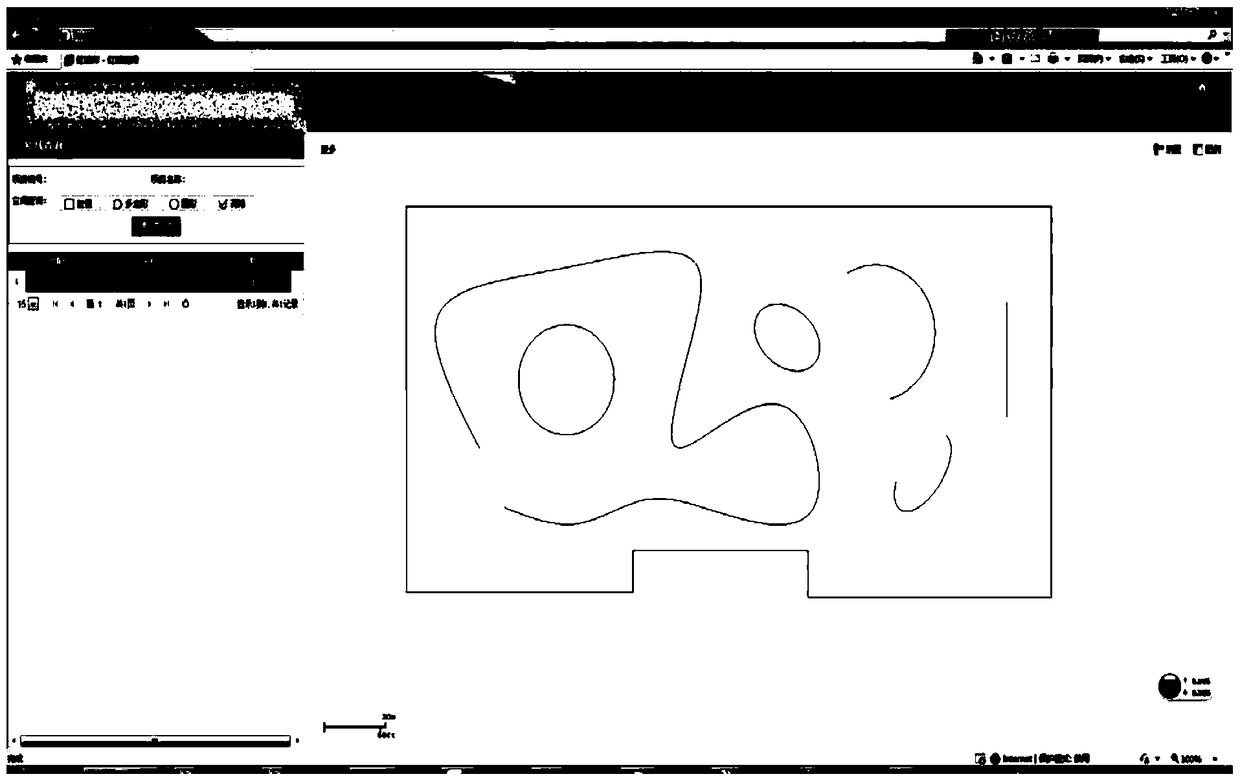A conversion method from autocad data to gis spatial data
A technology of spatial data and conversion methods, applied in electrical digital data processing, special data processing applications, instruments, etc., can solve the problems of large amount of intermediate data, large data redundancy, memory consumption, etc., to expand the scope of application and efficient conversion. , the effect of data sharing
- Summary
- Abstract
- Description
- Claims
- Application Information
AI Technical Summary
Problems solved by technology
Method used
Image
Examples
Embodiment Construction
[0054] Embodiments of the present invention are described in detail below, examples of which are shown in the drawings, wherein the same or similar reference numerals designate the same or similar elements or elements having the same or similar functions throughout. The embodiments described below by referring to the figures are exemplary only for explaining the present invention and should not be construed as limiting the present invention.
[0055] The invention provides a kind of conversion method from AutoCAD data to GIS spatial data, comprises the following steps:
[0056] S1, open the graphic file to be processed in the AutoCAD software, and carry out ID identification for all graphic objects in the graphic file. In this embodiment, AutoCAD graphic object ID identification can be realized by means of a globally unique identifier (GUID, Globally Unique Identifier), and the GUID value is randomly generated through the System.Guid.NewGuid() class under the .NET platform, an...
PUM
 Login to View More
Login to View More Abstract
Description
Claims
Application Information
 Login to View More
Login to View More - R&D
- Intellectual Property
- Life Sciences
- Materials
- Tech Scout
- Unparalleled Data Quality
- Higher Quality Content
- 60% Fewer Hallucinations
Browse by: Latest US Patents, China's latest patents, Technical Efficacy Thesaurus, Application Domain, Technology Topic, Popular Technical Reports.
© 2025 PatSnap. All rights reserved.Legal|Privacy policy|Modern Slavery Act Transparency Statement|Sitemap|About US| Contact US: help@patsnap.com



